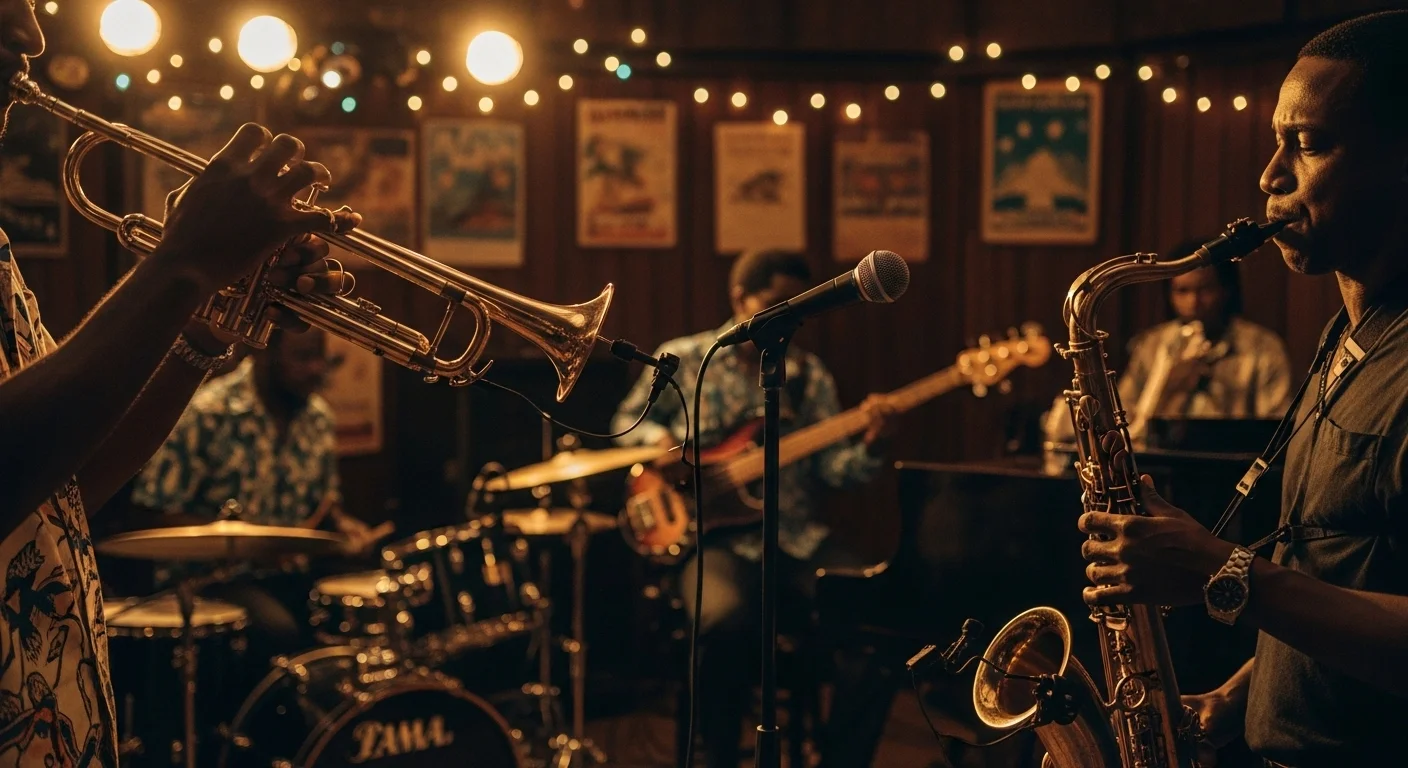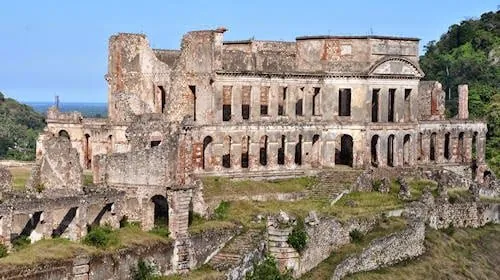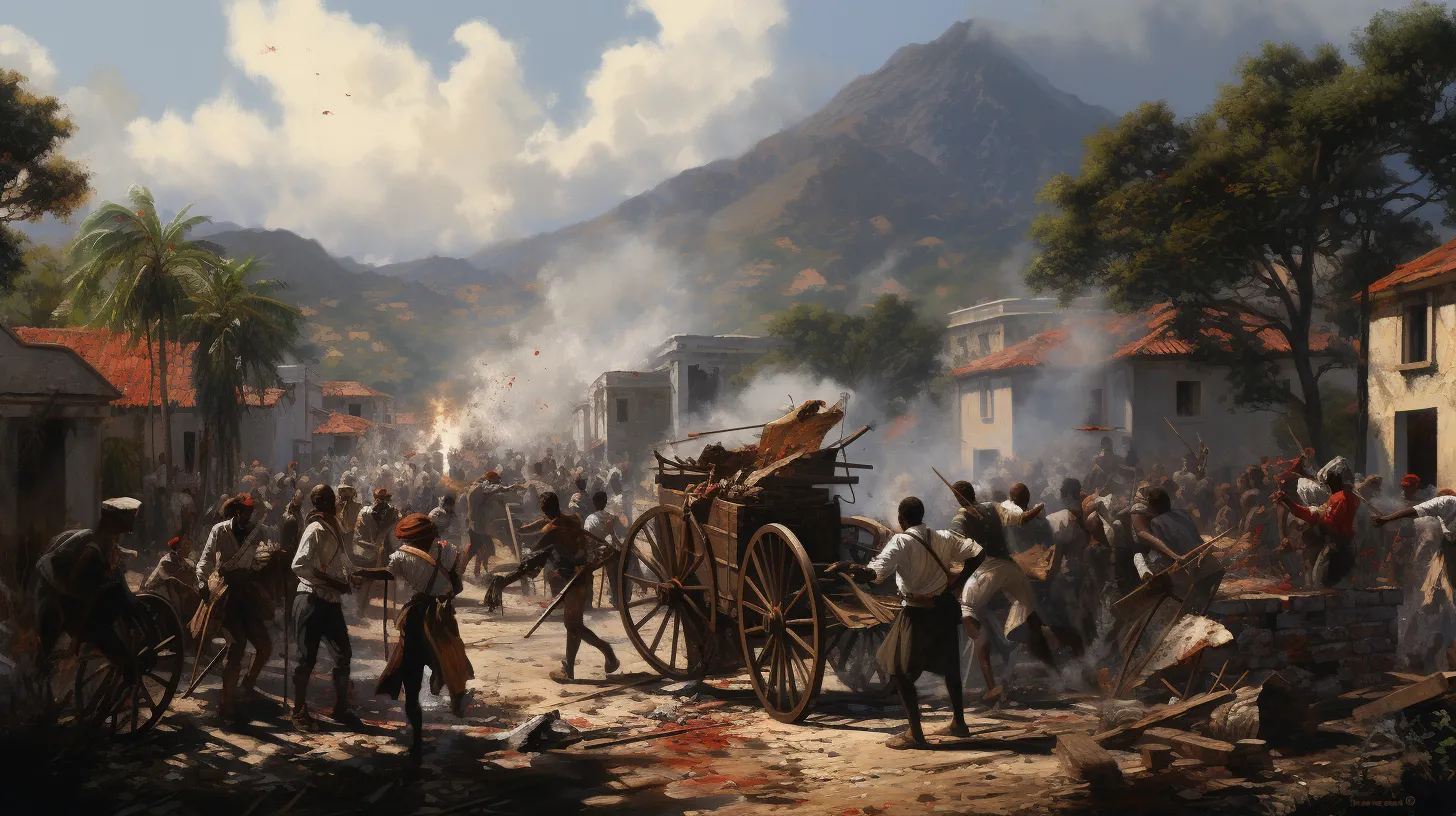Haitian compas has many pillars, and Frères Déjean Haitian compas history runs straight through the living room of a Pétion-Ville family where instruments, dancers, and music theory lessons mingled with everyday life.
In this firsthand account, trumpeter and arranger André Déjean retraces the family roots, school-band discipline, foreign collaborations, and bold arranging ideas that forged a distinctive sound—and explains why practice, harmony, and horn sections still matter for the genre’s future.
From a Musical Household to a Family Band

Raised in a large Pétion-Ville family, Déjean grew up with parents who were passionate listeners. Music was not optional; it was the air of the house. Frequent visits from musicians—especially Michel Desgrottes, who taught solfège at home—put fundamentals within earshot.
Watching lessons, hearing scales, and seeing dancers from the Troupe Nationale d’Haïti pass through, he absorbed music before he could name it.
By adolescence, the brothers formed a living-room group “for fun,” a lineup that would evolve into Les Frères Déjean. Early roles were fluid—bass, accordion, clarinet, percussion—but the seed was planted: family synergy, steady rehearsal, and curiosity about sound.
School Bands and the Power of Training
The Legacy of Frères Déjean Haitian Compas History
A turning point came with Lycée Toussaint Louverture, where Déjean joined the school band and took formal music classes. In those days most state lycées maintained bands, and the public sector supported music education—often free to students.
That structure did two crucial things: it taught reading and writing, and it opened the door to trumpet and saxophone as front-line voices in the emerging mini-jazz format.
Key lesson: Education multiplied talent. Reading parts, understanding harmony, and disciplined rehearsal gave young players tools to innovate without losing musical logic.

Influences: From Bolero to Big-Band Thinking
The late 1960s soundtrack spanned Nemours Jean-Baptiste, Les Shleu-Shleu, and a steady diet of bolero—Spanish, French, and Haitian.
On trumpet, Hector Lominy became Déjean’s beacon for tone and presence, while players like Georges Jouvin inspired nuance. At home, classical and jazz spun alongside Haitian dance music, broadening the ear and the palette.
A New Front Line: Trumpet + Saxophone
In mini-jazz, saxophone often led the melody. Déjean’s question—“Why not trumpet and saxophone together up front?”—sounds simple, but it reshaped the band’s identity. The public didn’t accept it immediately; early festival crowds sometimes demanded that the “piston” (trumpet) be removed.
The group persisted. Over time, audiences embraced the brighter, dual-horn signature that helped define the Frères Déjean sound.

Crafting a Signature: Practice, Harmony, and the “Marina” Solo
Déjean emphasizes two building blocks: hours of practice (including rooftop woodshedding) and harmony studies. Informal mentorship from Gérald Merceron in harmony sharpened arranging instincts.
On stage, Déjean pushed himself to dare trumpet solos in a dance genre that didn’t always feature them. Some ideas missed; others stuck. The solo for “Marina” crystallized in one studio take—melodic, slightly jazzy, and unforgettable—becoming a reference point for fans and radio alike.
Italic takeaway: Signature moments rarely appear by accident; they arrive when preparation meets courage in the studio.
Work, Travel, and a Career in Music
The band’s calendar grew—from three shows a week to daily performances in the 1980s, sometimes two or three gigs on Sundays. Pay wasn’t lavish, but the cost of living was lower, and work was steady.
The group toured widely in the Caribbean and beyond, recorded for itself and for other artists, and could live from music. Déjean registered his works with SACEM starting in 1979, securing long-term rights and income.
A favorite memory: April 1976 at Parc Floral in Martinique. After a huge success in Guadeloupe, the Martinique show overflowed. When “Marina” hit, barriers fell and the crowd surged—a chaotic but thrilling confirmation that the sound traveled.

Radio, Promotion, and the Business Gap
Radio mattered. Promoters and hosts such as Guy Jean-Baptiste and later Félix Lamy amplified Haitian music, playing it morning and night.
On the business side, though, the band entered as novices; producers often bought masters outright, and the musicians didn’t always see sales data. With better guidance, Déjean believes they could have captured more value from the momentum.
Today’s Challenges: Distinctiveness and Horns
Déjean hears a modern weakness: too little differentiation. In his era you could identify Bossa Combo, Les Difficiles, Les Gypsies, or Zèklè within a few measures. Today, many bands share similar sounds, ideas, and lyrics—and fewer use horn sections, which he considers vital. His prescription is clear:
- Invest in arrangements with planned moments of intensity.
- Do harmony research so songs have structure and staying power.
- Strengthen formal training—the pipeline that once ran through the lycées.
- Bring horns back into the texture for color and drive.
Beyond Language: Markets Are Open with Structure
For international reach, Déjean insists language isn’t the barrier. If the music is good and catchy, it crosses borders. What’s needed is marketing and industry structure—people who work the business side so promotion is consistent and professional.
Conclusion
Frères Déjean Haitian compas history shows what happens when a musical family meets education, persistence, and smart arranging. From Pétion-Ville lessons to the Marina solo and packed halls in the Antilles, André Déjean’s story argues for a future built on practice, harmony, and distinctive horn writing—with modern promotion to carry it worldwide.
If today’s bands lean into training and arrangement craft, the next unforgettable compas moment is only a studio take away.



